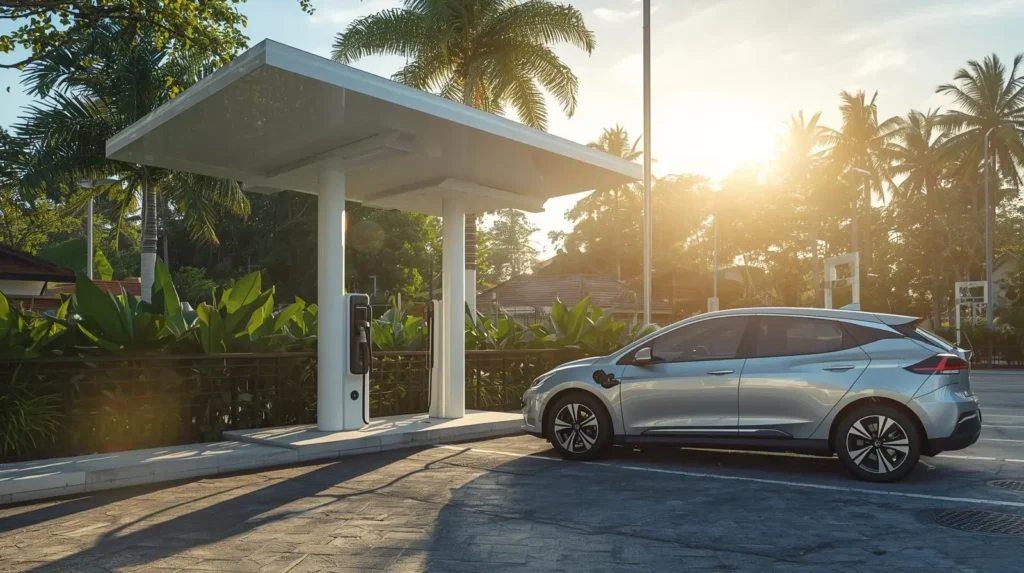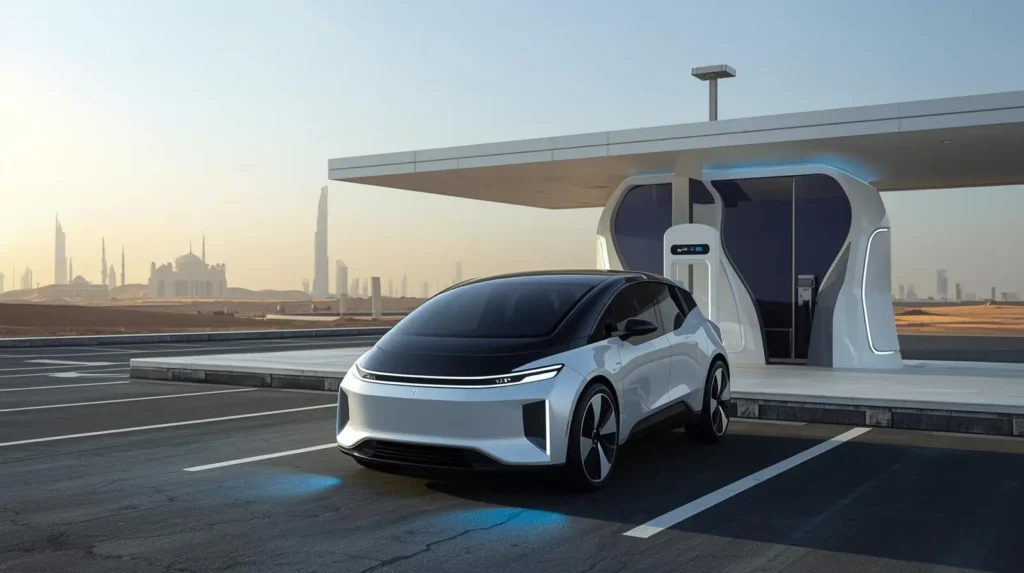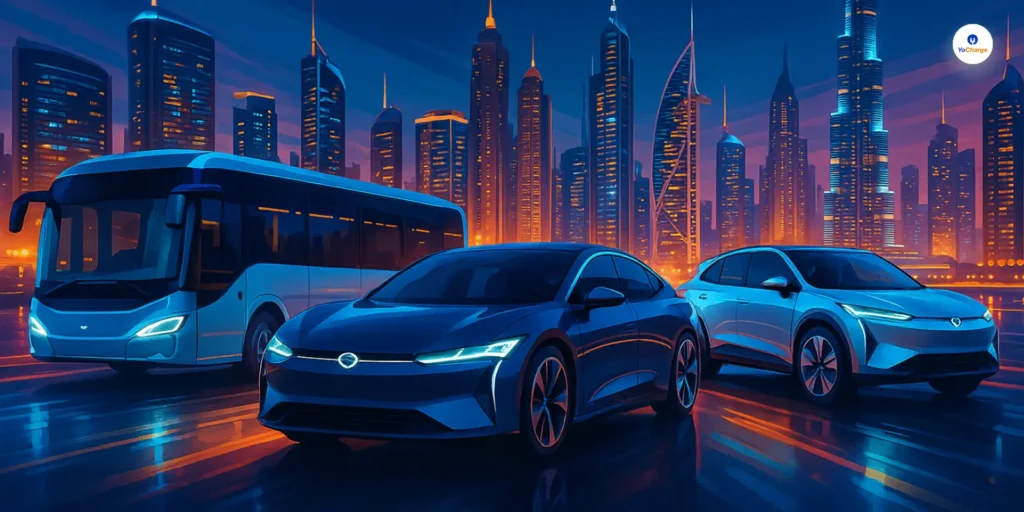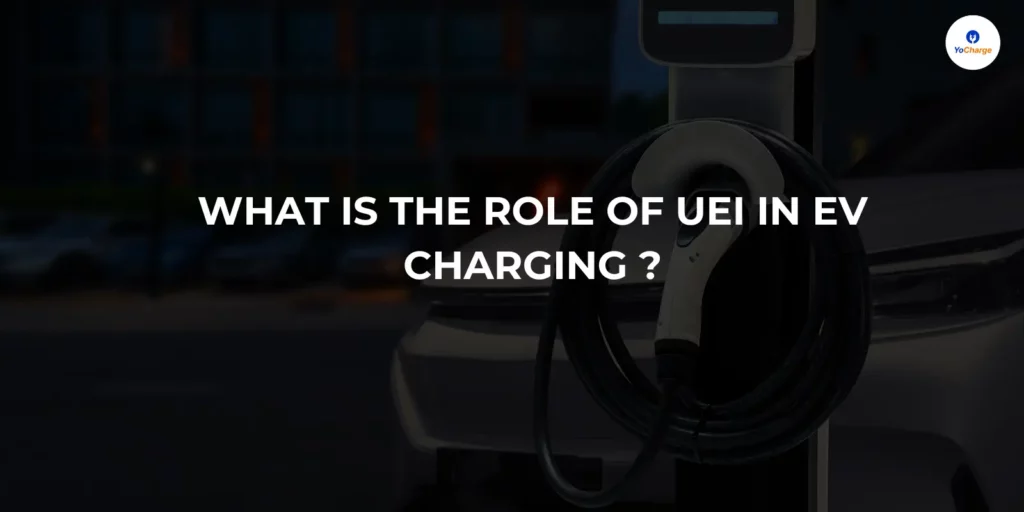
Importance of UEI in EV Charging | Imagine a world where concerns about running out of power don’t hold you back from driving your electric vehicle (EV). This dream is closer than you might think, however, a critical hurdle remains – the current state of EV charging infrastructure. In a 2021 report by the International Energy Agency (IEA), global EV sales skyrocketed by 81% compared to the previous year. However, despite this surge in popularity, the lack of a robust and readily accessible charging network creates several significant barriers such as range anxiety, long charging time, safety concerns, and more.
Unlike gasoline-powered vehicles that can be refueled in minutes, EVs require dedicated charging stations that can take anywhere from 30 minutes to several hours to replenish the battery. This extended charging time can be a major source of frustration for EV drivers. To overcome this challenge and ensure the continued success of EV adoption, innovative solutions are crucial.
The Unified Energy Interface (UEI) emerges as a game-changer, aiming to revolutionize the way EV drivers discover, access, and utilize charging stations. Unified Energy Interface (UEI) is an open network that connects digital platforms related to energy, allowing them to interact and transact using a common language called the Beckn Protocol. The UEI creates a unified ecosystem that integrates digital energy solutions such as battery swapping, EV Charging, and more.
In this article, you will learn the role of UEI in EV Charging. Dive into the blog and learn how it is contributing to the emerging EV Market.
How UEI Works In EV Charging?
Remember how cool it was when walkie-talkies came out and you could finally chat with your friend across the street? UEI for EV charging is work like that, but for electric cars and charging stations! It lets them communicate with each other using a special “language.” Here is how it works:
Step 1: EV Driver Makes a Request
- Imagine you are in your electric car, ready to find a charging station.
- You open an app on your phone that uses the UEI.
- The app sends a message through UEI, asking nearby stations if they have any empty plugs.
Step 2: Stations Respond
- All the charging stations within reach hear the app’s message.
- Only stations with available plugs respond back, saying, “Hey, I Am free!”
Step 3: Choosing The Perfect Charge
- The app gets messages from all the available stations.
- It uses Beckn to show you information about each station, like:
- How close it is
- How fast its chargers are
- How much it costs to use them
Step 4: Plugging In And Paying Up
- Once you have chosen a station, the app uses Beckn again to connect to the station’s payment system.
- You can pay for your charge right from your phone, just like buying something online! No more digging for cash!
What is the use of UEI in EV Charging ?
Finding A Charging Station
- What It Does: Helps you find nearby charging stations for your electric vehicle.
- How It Works: Works like a navigation app, showing charging stations on maps.
- Customized Search: This lets you filter stations by location and charger type (fast or standard).
- Real-Time Info: Shows if stations are available, avoiding wasted trips.
- Why It is Good: Makes finding charging stations easy, boosting EV adoption.
Picture planning a road trip with your electric vehicle (EV) – no longer do you need to carefully plan out charging stations in advance. With UEI, finding a charging station becomes as easy as using your preferred navigation app. UEI is compatible with various user interfaces, such as dedicated EV charging apps, navigation platforms, and even in-car dashboards. Through these interfaces, users can start a search for charging stations nearby.
The great thing about UEI in EV charging is its ability to customize your search based on specific requirements. You can narrow down results by location, ensuring you locate stations near your current position or your planned destination. Additionally, you can filter by charger type, whether you require a fast-charging station for a quick recharge or a standard charger for a longer stop. Most importantly, real-time availability information is shown, eliminating the annoyance of arriving at a station only to find it in use.
A report by McKinsey & Company [ref] indicates that easily accessible charging infrastructure is a crucial factor influencing consumer decisions when it comes to purchasing EVs. By providing a user-friendly search experience with real-time availability information, UEI can address this concern and contribute to increased EV adoption.
Streamlined Communication
- The Beckn Gateway (BG): Sends your charging station request to operators.
- Direct Communication: Operators reply directly, speeding up the process.
- Efficiency: No middlemen means quicker responses and smoother service.
- Why It Matters: Improves the EV charging experience for users.
When you initiate a search through a UEI-integrated platform. A central component called the Beckn Gateway (BG) acts as a messenger. The BG receives your request and broadcasts it securely to all registered Charge Point Operators (CPOs) in the area. These CPOs are the companies that manage and operate the charging stations.
UEI in EV Charging eliminates unnecessary intermediaries. Each CPO that receives your request can directly respond to the platform you used for your search. This direct peer-to-peer communication ensures a faster and more efficient exchange of information.
According to a report by Deloitte [ref], streamlining communication between users and CPOs is essential for optimizing the EV charging experience. UEI’s peer-to-peer approach directly addresses this need, leading to a more efficient and user-friendly process.
Making The Connection
- Real-Time Info: Gives details like station availability and pricing.
- Payment Integration: This may let you pay for charging directly through the app.
- Convenience: Helps in finding, choosing, and paying for charging.
- Pilot Programs: Some cities are already testing integrated payment systems.
Thanks to UEI in EV charging, the wait is over! You will receive real-time information about nearby charging stations directly on your chosen interface. This information includes crucial details like station availability, pricing per kilowatt-hour (kWh) of electricity, and the type of connector available (important to ensure compatibility with your EV).
Looking ahead, UEI has the potential to integrate payment methods seamlessly into the charging experience. Imagine a future where you can not only locate and choose a charging station but also pay for your electricity directly through the UEI-integrated platform. This would eliminate the need for multiple apps or accounts, creating a truly smooth and convenient charging experience.
While payment integration through UEI is not yet universally implemented, a pilot program conducted by the City of Oslo [ref] in collaboration with leading CPOs demonstrated the feasibility and benefits of such a system. As the adoption of UEI in EV charging continues to grow, we can expect to see wider integration of secure payment methods for a truly streamlined charging experience.

Difference between OCPI & UEI
While both OCPI (Open Charge Point Interface) and UEI (Unified Energy Interface) aim to streamline electric vehicle (EV) charging, they cater to different aspects. OCPI focuses on information exchange between charging networks. It allows networks to share data on charger availability, pricing, and real-time status, enabling roaming – the ability for EV drivers to use any compatible charger regardless of provider.
On the other hand, UEI tackles the payment side of things. It facilitates seamless transactions across various networks, eliminating the need for multiple accounts or payment methods. Imagine OCPI as the universal language for chargers to communicate, and UEI as the unified currency for smooth financial transactions during charging. Both are crucial for a user-friendly and efficient EV charging experience.
Difference between UEI & UPI
UPI (Unified Payments Interface) and UEI (Unified Energy Interface) might sound similar, but they serve distinct purposes in the world of EV charging. UPI, a popular digital payment platform in India, facilitates various everyday transactions across different sectors. While convenient, it doesn’t cater specifically to EV charging needs.
Here’s where UEI steps in. Designed for EV charging ecosystems, UEI streamlines the payment process. It allows for seamless transactions across various charging networks, eliminating the hassle of multiple accounts or payment methods for drivers.
Challenges of EV Drivers
Electric car drivers face several challenges due to the lack of a robust charging network, including:
- Reliability Issues: The U.S. EV charging network has been plagued by reliability issues, with at least 1 in 5 charging attempts by EV drivers failing.
- Limited Charging Infrastructure: The availability of charging infrastructure is crucial for the widespread adoption of EVs. In India, the charging infrastructure is still relatively inadequate, particularly in non-metro cities and rural areas.
- Charging Time: Charging time is closely related to the issue of driving range. Comparing the charging time of an EV with refueling and internal combustion engine (ICE) vehicles in a petrol station is one of the biggest barriers in people’s minds.
- Lack of Standardization: One of the major challenges faced by electric vehicle (EV) owners is the lack of standardization and interoperability between different charging networks. Therefore, the government needs to collaborate with EV ecosystem players and auto OEMs to establish standardization protocols, ensure interoperability, and promote the development of fast-charging technologies.
- Battery Technology and Infrastructure Challenges: The development and production of advanced battery technology play a crucial role in improving the performance and range of EVs. However, India has limited domestic manufacturing capabilities for batteries, relying mostly on imports. Building a robust battery manufacturing ecosystem and charging infrastructure are vital for overcoming these challenges.
- Safety Challenges: Safety concerns are critical in gaining consumer trust in EVs. Risks associated with battery technology, such as thermal runaways and fire incidents, need to be addressed. The government should establish stringent safety standards and regulations for EVs, charging infrastructure, and battery manufacturing.
- Policy and Regulatory Challenges: The absence of a comprehensive and consistent policy framework for EVs has been a hindrance to their adoption. Clear and favorable policies, such as subsidies, tax incentives, and supportive regulations, can significantly impact market dynamics and consumer behavior
The Final Words
The Unified Energy Interface (UEI) aims to revolutionize the way EV drivers discover, access, and utilize charging stations. It is an open network that connects digital platforms related to energy, allowing them to interact and transact using a common language called the Beckn Protocol. The UEI creates a unified ecosystem that integrates digital energy solutions such as battery swapping and EV charging.
The UEI helps EV drivers find nearby charging stations through a navigation app-like interface, allowing for customized searches by location and charger type (fast or standard), and providing real-time information on station availability to avoid wasted trips.
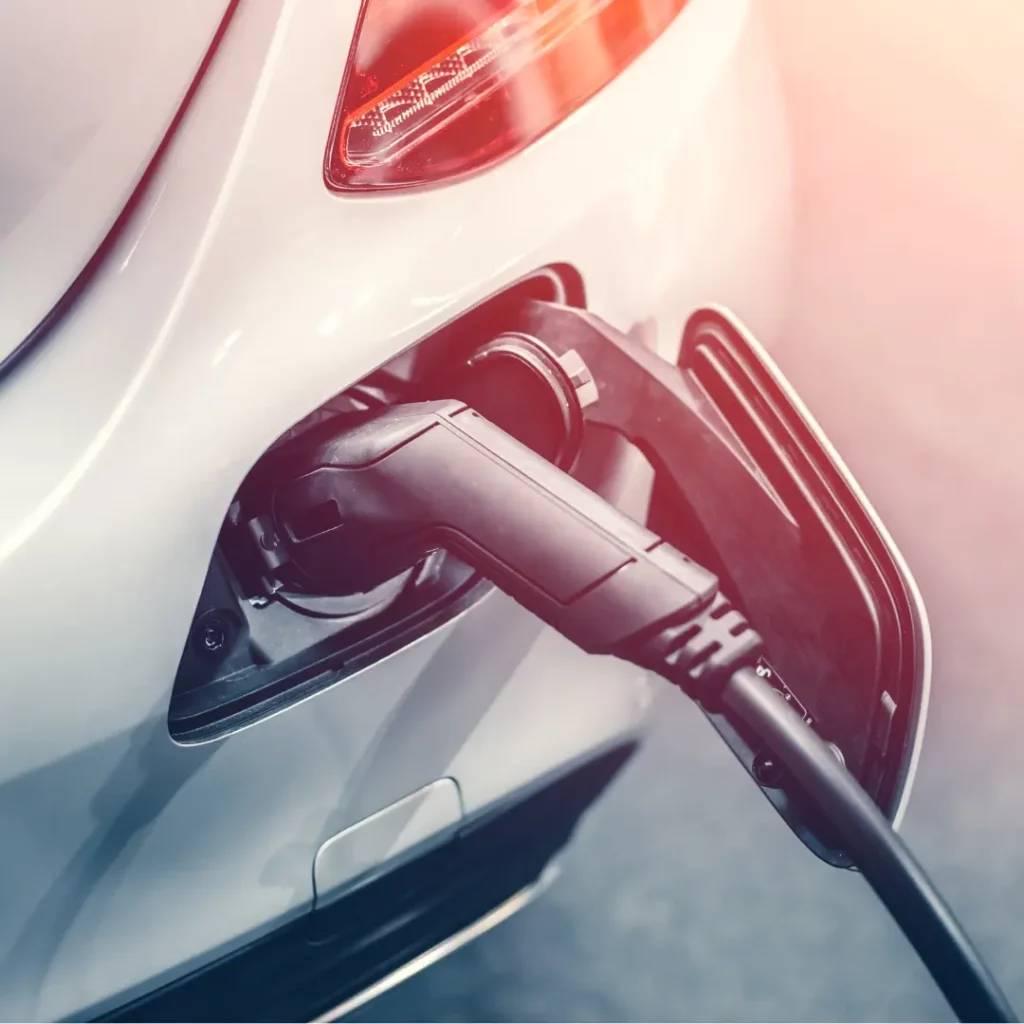
Introducing YoCharge
Yocharge is the EV Charging Management Software Company. With help YoCharge you can launch your own branded EV Charging business in 7 days with custom mobile Applications.
If you’re interested in learning more about the role of UEI in EV charging and its benefits, feel free to contact us.
